So, carrying on from the previous post . We hit 9pm and the characters were all generated. Now I already had a sort of vague idea how I was going to get all the characters together.
As I’m continuing the campaign where I left off the previous campaign, a lot of the setting material was immediately ready to go.
The Characters:
- Chris is running a Warrior/Pilot type character (Warrior/Pilot – named “Stanislaw Nebulant”).
- Danny was running his Salesman/conman character, sort of a Faceman (Expert – named “Mr Farque”).
- Hayden ran a Psychic/warrior semi class. Basically a Psychic cop on a 20th Century tech world (Adventurer/Warrior/Psychic Cop – named “Ironclad”).
- Nich ran a Psychic medic on from the same world as the Psychic cop (Psychic/Medic named “Master Unbroken”).
I started the session with the Stanislaw. He was offered a small job by a new Faction, who were originally PCs in my original SWN campaign.
Now they are hiring the new PCs and their representative is an Administrator named Arthur, who is sort of like Rimmer out of Red dwarf, although he’s not a Hologram.
There was no need for any game mechanics or dice rolling at this stage, so it was pure RP.
So Stanislaw is hired to recruit some Psychics from a 20th century tech level planet named Papagos in another system ( TL3).
GM note: I randomly generated the entire sector using the sector generator for SWN. So this planet is TL3, has a Theocracy who idolise Psychic power use and definitely don’t want any psychics leaving the planet.
Furthermore, there IS a functioning Psychic academy on the planet, so the occurrence of psychics on this planet are higher than normal. This is an exception to the limitation to TL3.
After a fairly tumultuous trip to a system 2 jumps away, where the planet Papagos is to find some Psychics, Stanislaw arrives at a small Outstation orbiting the low tech (TL3, approx Early 21st century tech level) planet. With one exception that it has a Psychic academy and Psychics are about 1% of the population.
I then moved the action back to Papagos where Ironclad, The Unbroken and Mr Farque are living on.
So, Stanislaw lands on the Outstation orbiting Papagos below and talks to the only crew, a man named David, who keeps the Outstation operational.
There’s also a strange blob-like creature who’s human name is “Eddy”. A quite forward, but friendly creature who is innately Psychic.
He has been hired temporarily by the “Flower Federation” to help find Psychics, as he has certain abilities to detect Psychics (Metapsionics).
He also has a strange ability to physically merge with humans (and creatures in general), so they share the same body and have a dual consciousness.
Stanislaw reluctantly agrees to this and is inhabited Amoeba like by Eddy, as it sort of merges with his body in a sort of reverse-Osmosis like effect.
Stanislaw is given some instructions with Eddy how to look for Psychics and recruit them. He has been given the name and description of Mr Farque to assist in find PSychic recruits.
He then lands the ship in the capital city, which is roughly TL3, but a very cold planet, so the main city (roughly 100k people) is quite utilitarian in nature.
There’s only 1 landing pad and the culture on Papagos don’t have space technology yet. But they are aware of the Flower Federations Outstation presence and trade with them from time to time.
They venerate Psychics and see them as superior beings. It is also forbidden for Psychics to leave the planet according to their local law. So trying to recruit psychics is a risky affair.
At this stage, as Stanislaw lands, it’s in a light industrial zone and it’s considered quite an event for a ship to land.
Mr Farque is currently wheeling and dealing (and waiting for Stanislaw) in a local dive/bar and Ironclad is arriving at the bar to do his usual police checks.
Unbroken (the Medic) is at the local hospital, where he works and has been told to visit the bar, as there has been a call from there with a poisoning. So he’s on the way there.
Meanwhile back at the bar, Ironclad walks in and notices a commotion from the kitchen and goes in to investigate. He sees a man spread out on a worktop and has a strange bluish liquid coming from his mouth.
The barman, who is there, sheepishly admits the person might have drunk something from the bar that might be somewhat poisonous. A sort of dodgy drink made/distilled from cleaning fluid.
He points out he though it was OK after some interrogation (I.E. mild beating) from Ironclad, finds he bought the stuff from Mr Farque earlier in the day.
Ironclad calls in Mr Farque who is now trying to smooth over the problem and help out.
At this moment Unbroken (the Medic) arrives and also spots the commotion in the kitchen, so he goes in to see what he can do…
Note that it is not publicly known Unbroken is a Psychic. the Hospital assumes he’s a normal Human Medic. But actually, he’s a Biopsionic specialist.
At this moment, Stanislaw with his Symbiotic friend, Eddy arrive in the bar.
Using the abilities of Eddy, he scans around the bar and by chance (and a REALLY good NOTICE roll), notices the commotion in the kitchen and Eddy happens to scan correctly the Psychic nature of Ironclad and Unbroken. He is sort of trying to hover around the door to the kitchen and watching.
Meanwhile, Unbroken figures out the poisoning and uses his Biopsionics to heal the poisoned person, which Eddy spots..
There is a fair amount of commotion and Stanislaw notices Mr Farque and who is now trying to calm things down, but he notices Stanislaw and between them, they realise recruiting Ironclad and Unbroken for the Flower federation is a good idea.
There’s a lot of RP here. but ultimately, Unbroken and Ironclad agree to somehow ship off planet to find their destiny.
Mr Farque, knowing it’s forbidden to leave the planet if you’re Psychic concocts a plan to manipulate a worker at the landing pad to cause a distraction, so he can sneak Unbroken and Hayden onto the ship.
Mr Farque also wants to come along, sensing opportunity for “Profits”.
The plan is quite convoluted , but it essentially about causing distractions with local authorities and Ironclad using he Telekinesis to move cameras around the landing pad, so they can make their getaway.
GM notes: I did use some dice rolls using TALK, PERFORM and so on do process what actually happen, as there was a time constraint and some risk of danger with failed skill checks. But no actual combat was required.
This plan is largely successful and the whole party gets off planet. They land on the Outstation and there is a lot of RP, discussing what to do next and how to do that.
Mainly, they are to get back to the Ingirid system, where the Flower federation is based to report back to the PC faction on the cruiser.
Stanislaw is keen to get rid of Eddy the Aeomaeran, which we pick up next session.
The game ran very smoothly and a minimum of dice rolling was required, which was great, as I don’t like to get bogged down into game mechanics.
To be continued in Session 2.

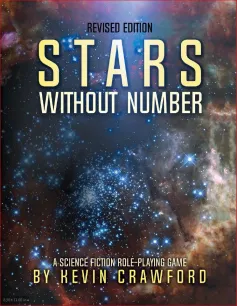


 Expert: A good class if you want a lot of skills, but at the expense of combat ability, although is still better than a Psychic. However you don’t get any Psychic ability.
Expert: A good class if you want a lot of skills, but at the expense of combat ability, although is still better than a Psychic. However you don’t get any Psychic ability. You can do a lot of fun stuff with Psychics and matching up carefully what Disciplines you choose with your background and later Foci can result in some really interesting characters.
You can do a lot of fun stuff with Psychics and matching up carefully what Disciplines you choose with your background and later Foci can result in some really interesting characters.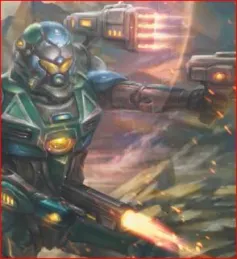
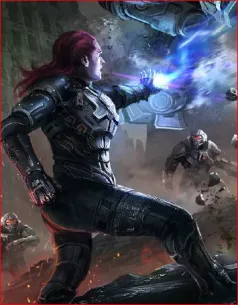

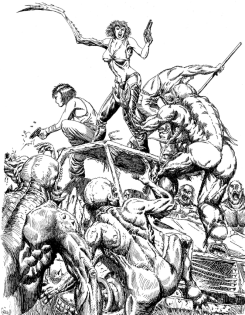
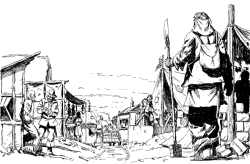

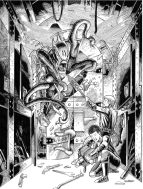
 I did actually buy this game on release, even though I had done my research before buying, meaning it was stated clearly that it wasn’t going to be a
I did actually buy this game on release, even though I had done my research before buying, meaning it was stated clearly that it wasn’t going to be a  Like I said earlier, they DID say it wasn’t going to be a sequel to the Neverwinter nights PC games, but people still wanted that. I DO think they pushed the whole “It’s a DnD game” thing too much, as it probably raised people’s expectations.
Like I said earlier, they DID say it wasn’t going to be a sequel to the Neverwinter nights PC games, but people still wanted that. I DO think they pushed the whole “It’s a DnD game” thing too much, as it probably raised people’s expectations.
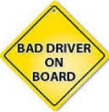
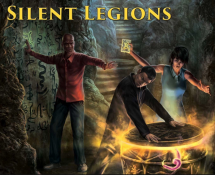
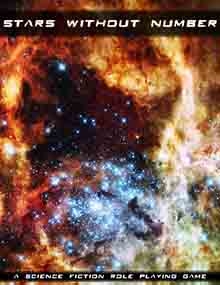
 the Jump gate at the Drill space nexus point.
the Jump gate at the Drill space nexus point.